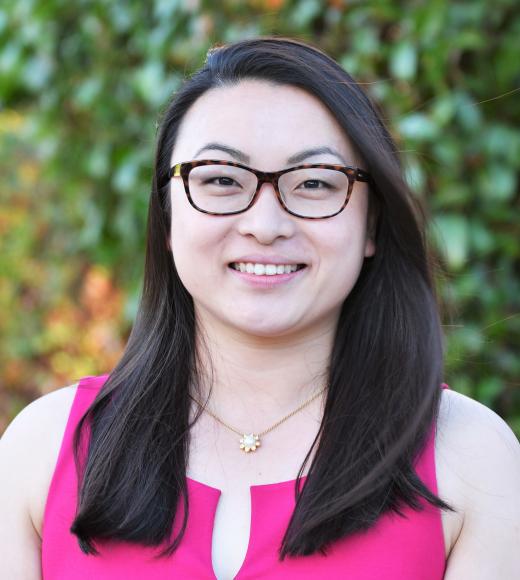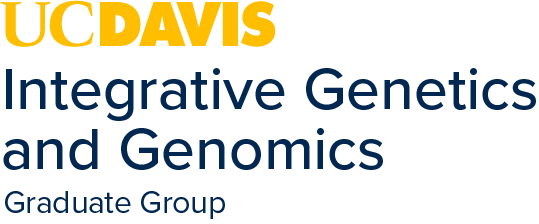
Position Title
Assistant Professor
- Department of Physiology and Membrane Biology
Although the uterus is essential for mammalian reproduction and gynecological health, its remarkable functions remain a mystery. The uterine lining or endometrium scarlessly regenerates over ~400 menstrual cycles in a lifetime in preparation for pregnancy, during which the uterus regulates embryo implantation and formation of the placenta, the specialized organ connecting mother and fetus. In spite of these remarkable capabilities, the mechanisms of endometrial renewal and of embryo implantation remain unknown. Understanding these questions will provide crucial information on menstrual and pregnancy disorders, infertility, and uterine wound healing. Injury to the uterus occurs from procedures such as C-sections and leads to implantation failure, placenta previa, and placenta accreta. Using mouse in vivo and human in vitro organoid models, we will first investigate how the uterus heals following injury and how embryonic defects arise in an injured environment. We will then identify stem cell populations of the endometrium and how they contribute to injury repair. Lastly, having developed the first organoids to capture the full complexity of the human endometrium – epithelial, stromal, and immune populations – we will apply this advanced model to investigate the role of the endometrium in health and disease. Most importantly, these organoids will revolutionize our understanding of human embryo implantation when most pregnancies fail and that cannot otherwise be accessed experimentally. By 1) examining how embryonic and placental defects arise in a damaged uterus, 2) investigating uterine wound healing and uterine regeneration during physiological cycling, and 3) modeling embryo implantation, my lab will combine innovative functional approaches to advance our knowledge of uterine:embryo dialogue and uterine regenerative biology in health and disease. We will take a comparative approach to all of these questions, particularly to address the intriguing structural and cellular diversity of mammalian uteri and placentas. Overall, our work carries many broader implications for wound healing, evo-devo, mammalian stem cell biology, development, tumorigenesis, and cell-cell signaling.
